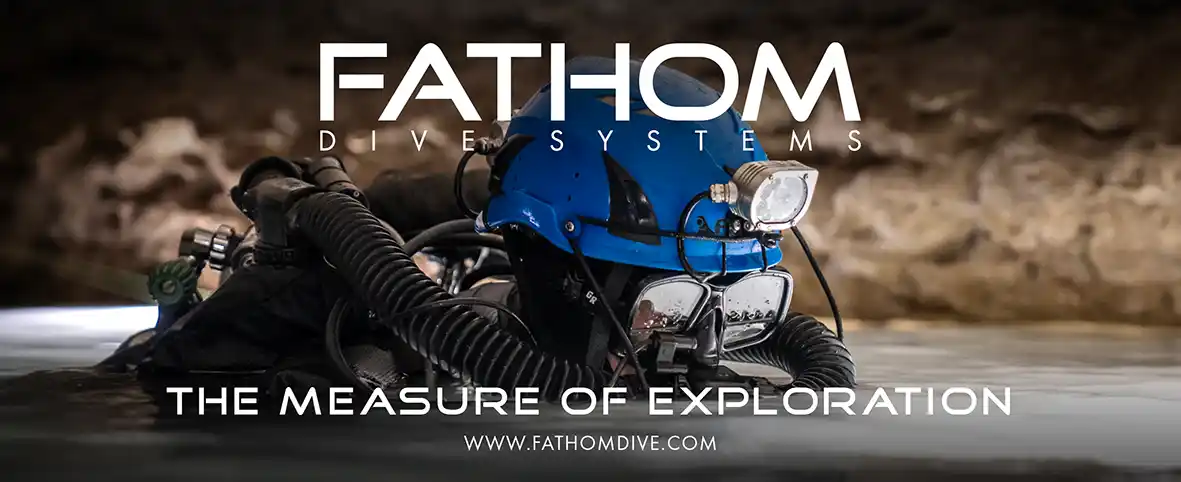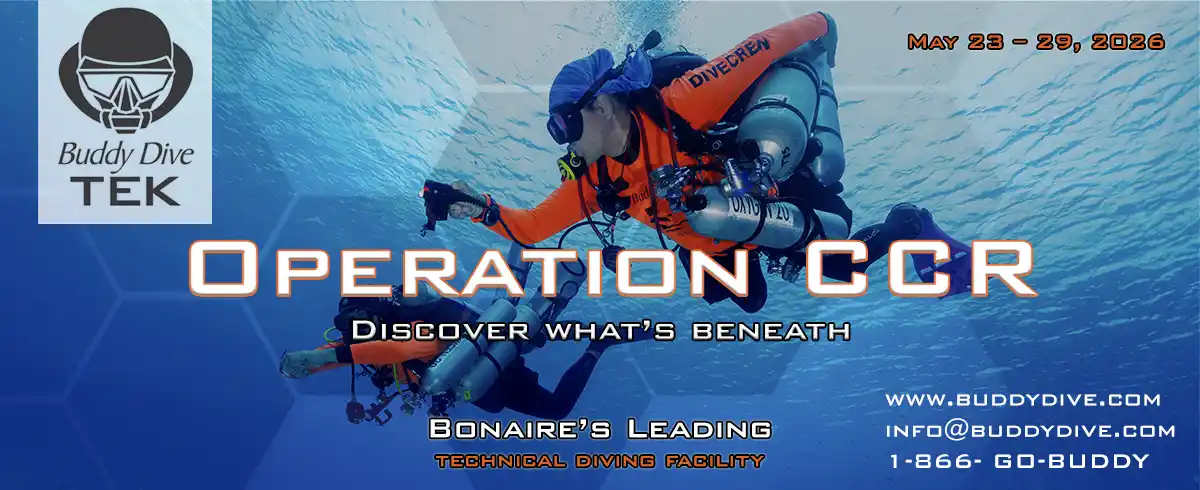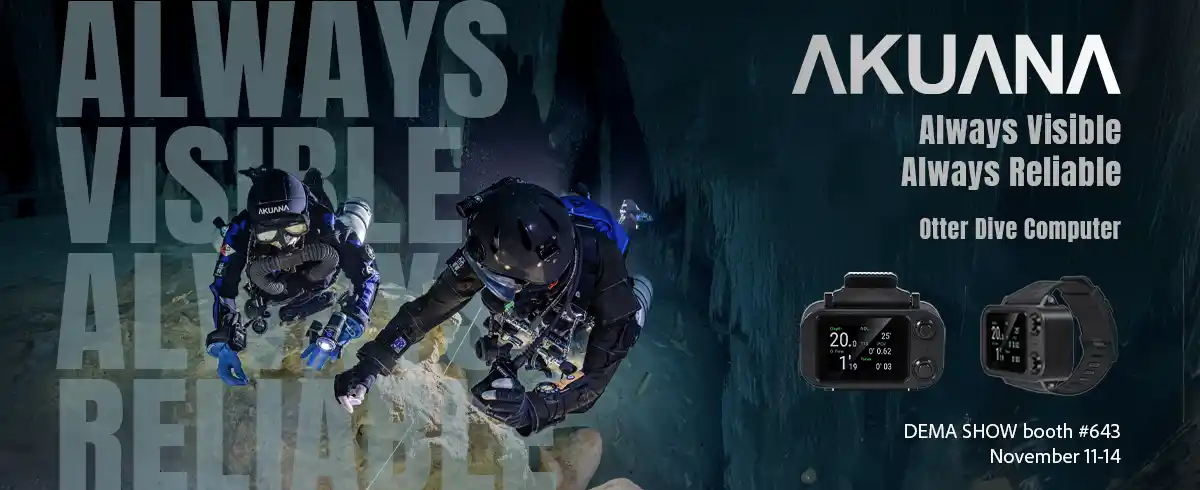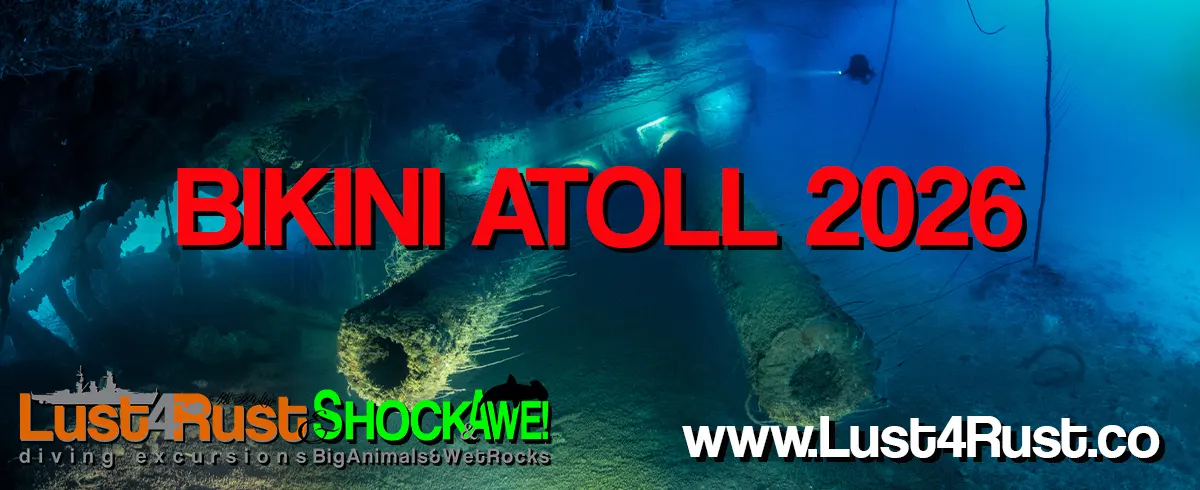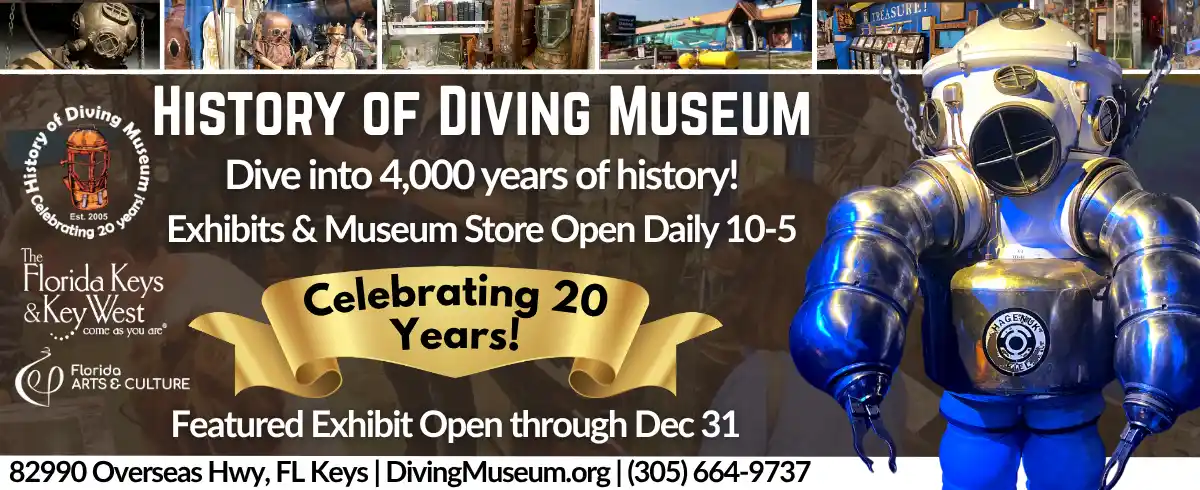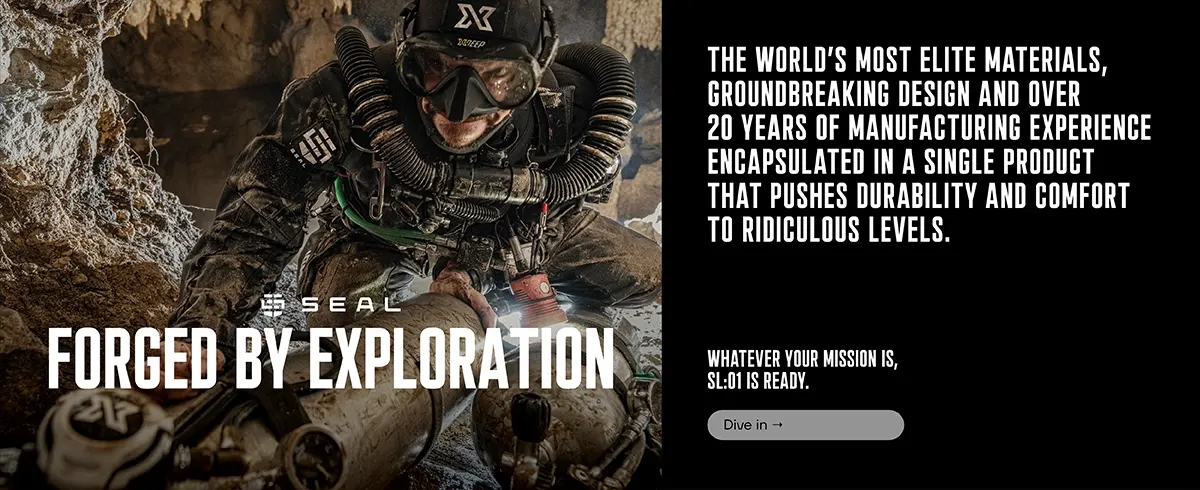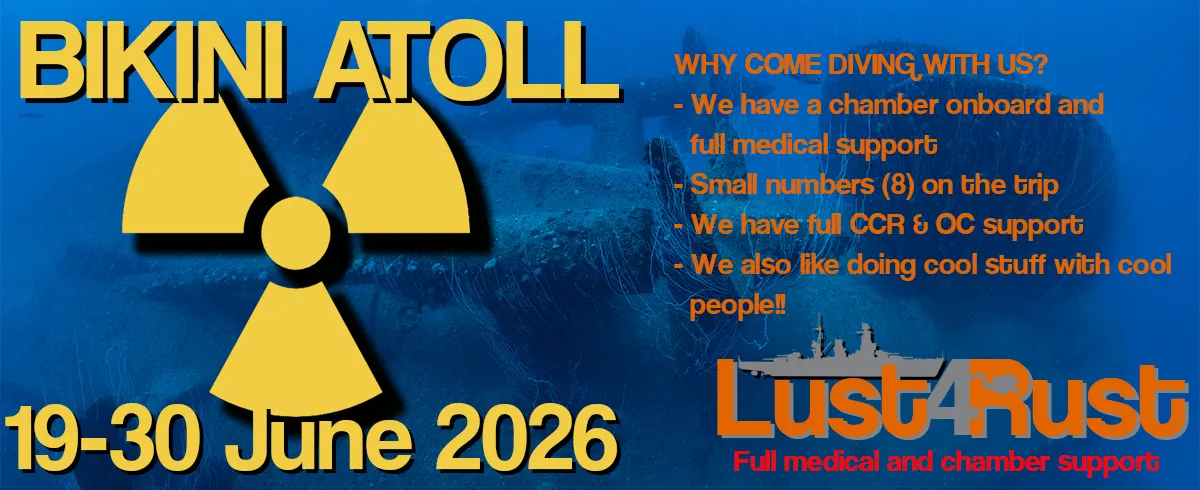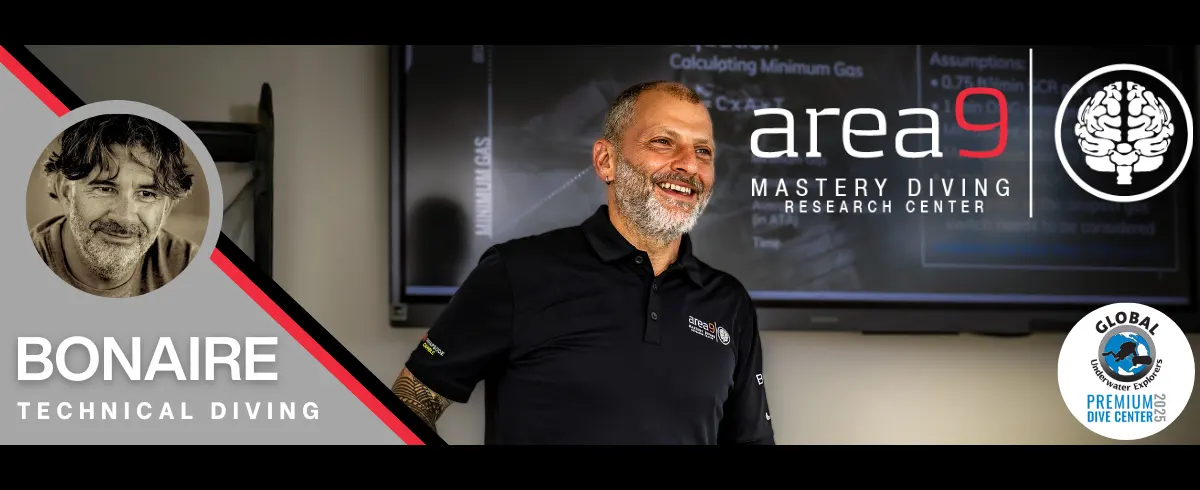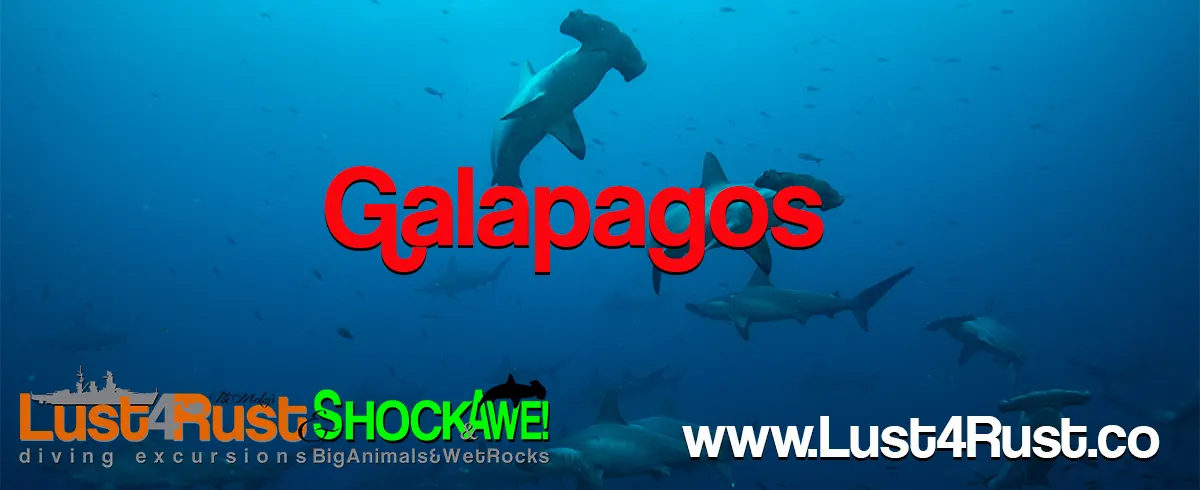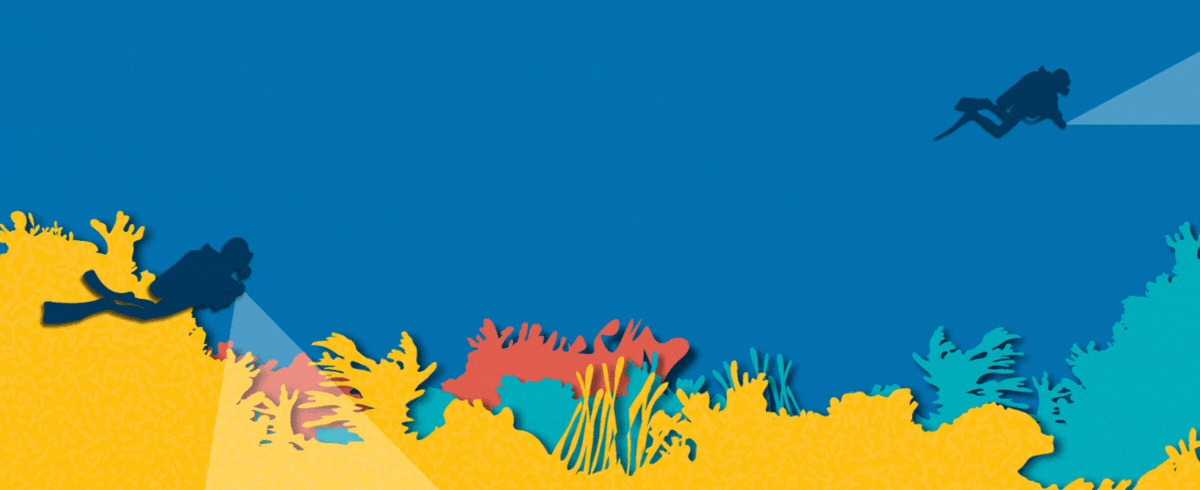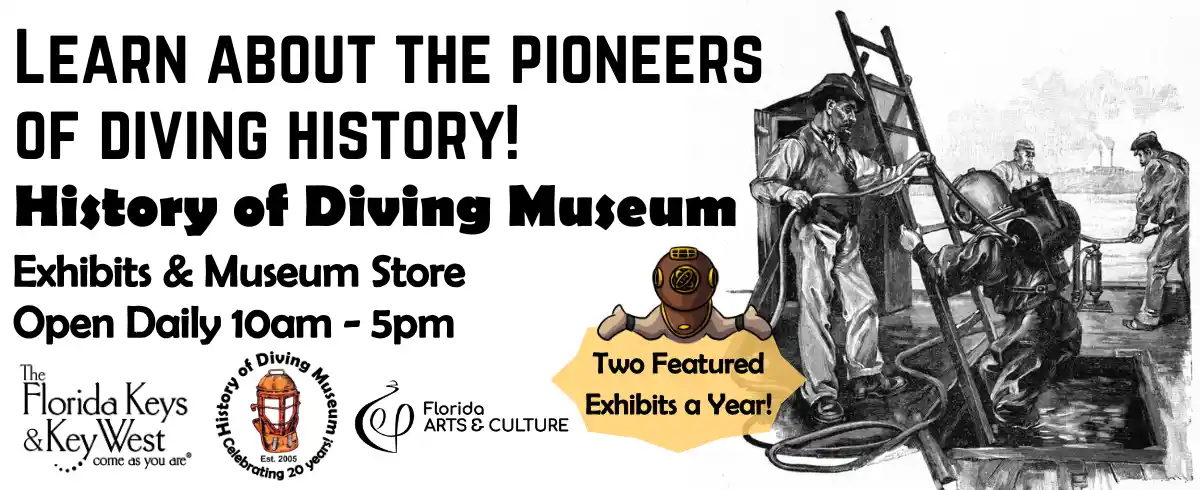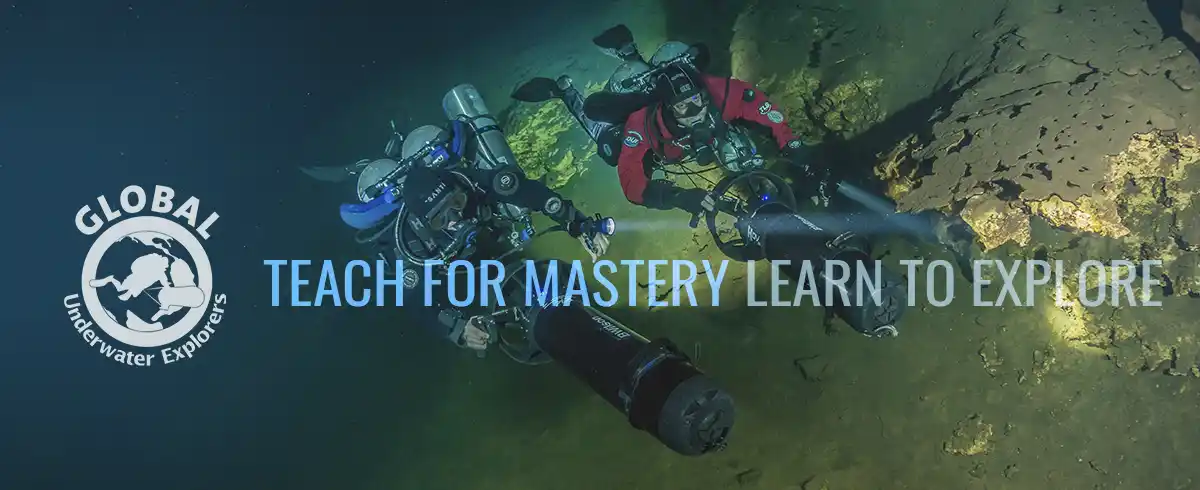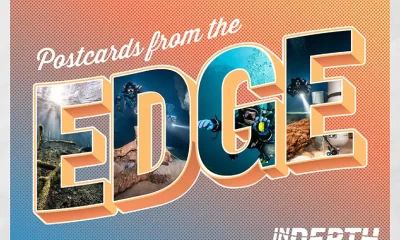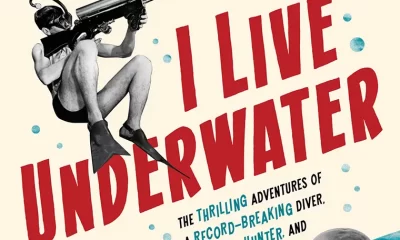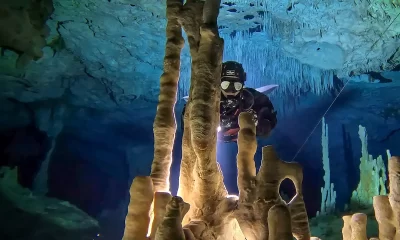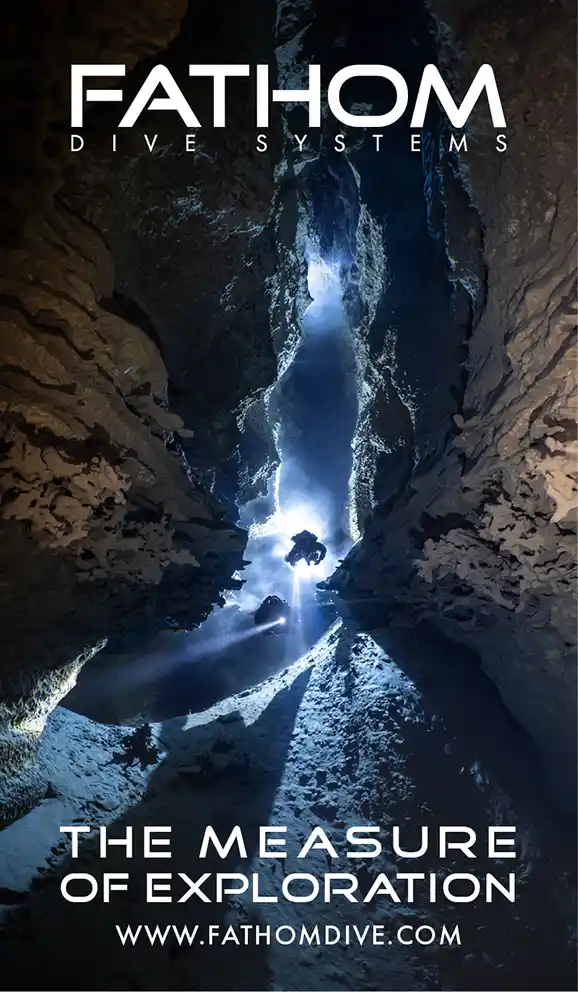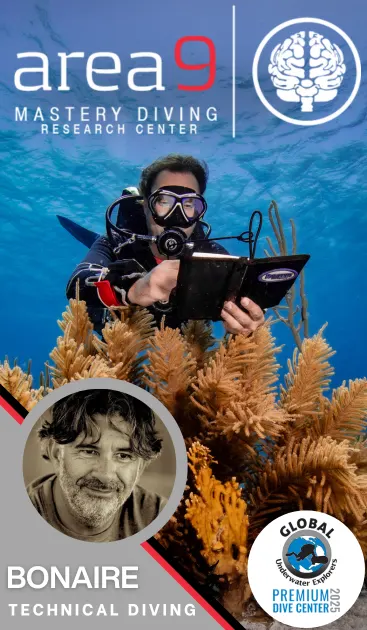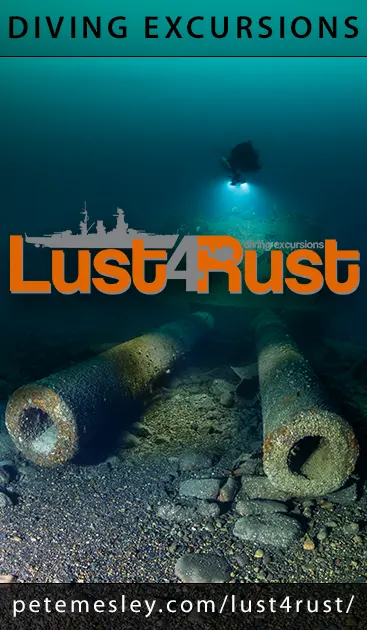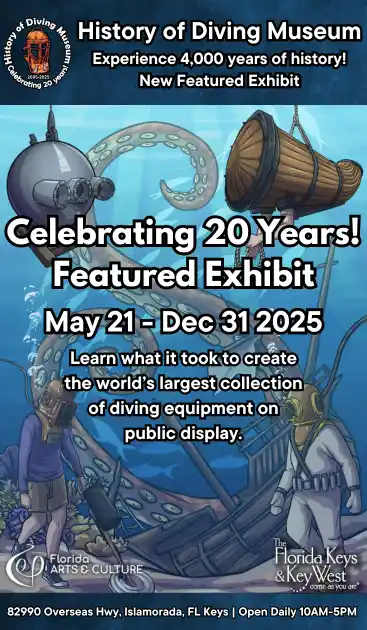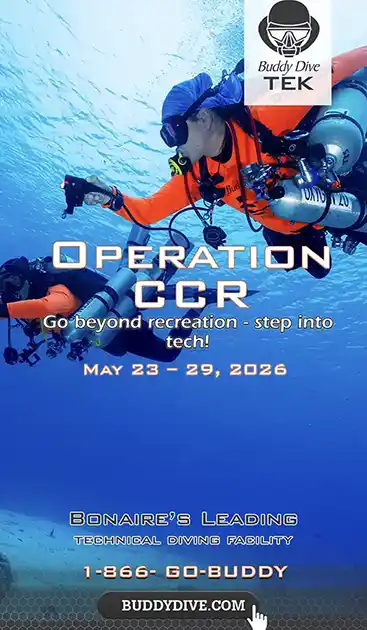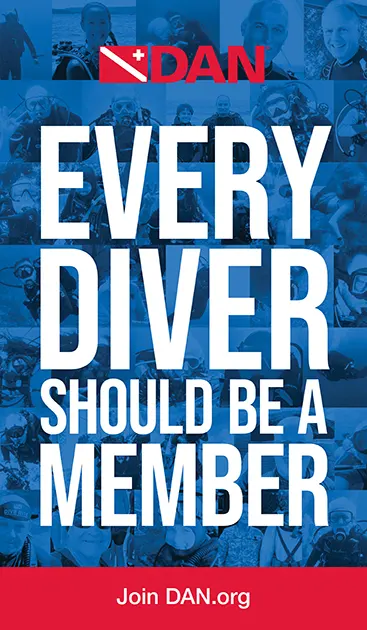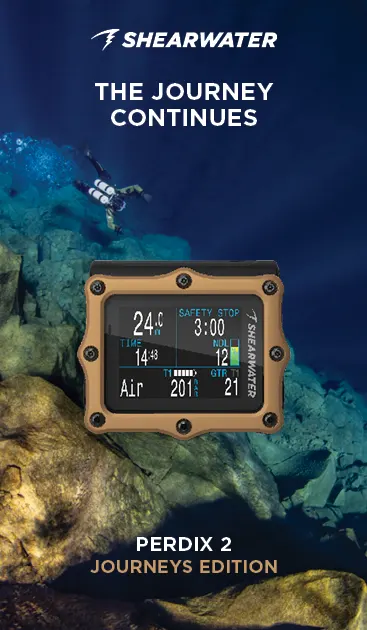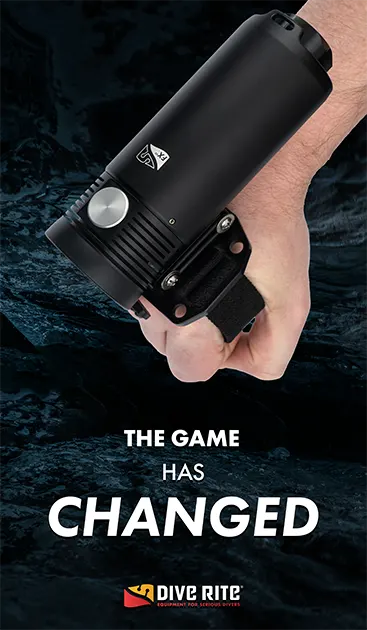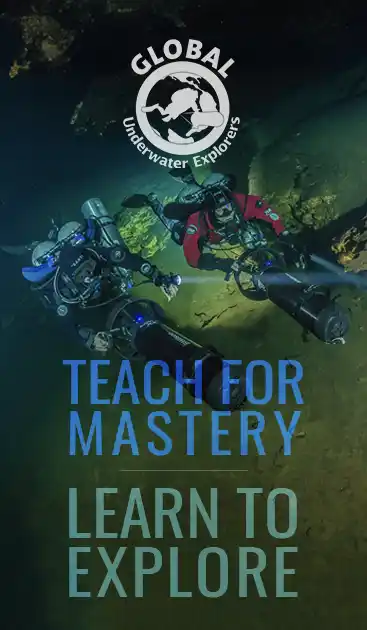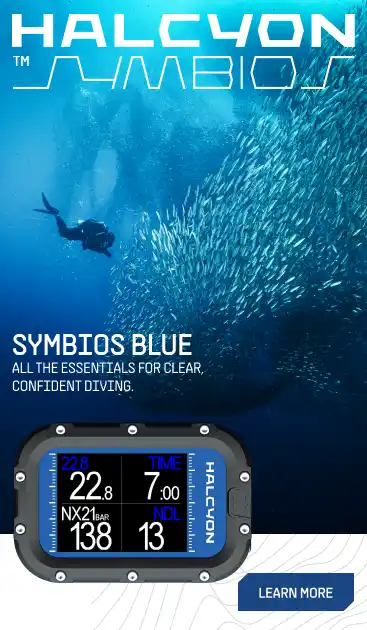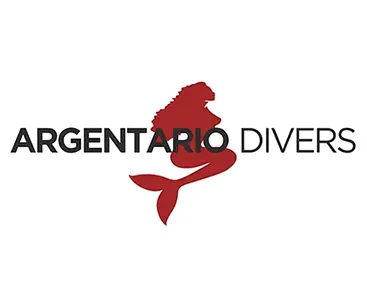Diving Safety
Of Bubbles and Dive Profiles: One Diver’s Journey Into Personalized Decompression
by Yvonne Press

Algorithms, gradient factors, bottom times, hydration, sleep, gas choice—they all factor into decompression dive planning. Every time we teach budding tech divers how to plan their dives as safely as possible, we use a combination of those variables and others. But as much as we move those chess pieces around, there is one major factor we struggle to account for, and that’s individual physiology.
So, when Azoth Systems launched its O’Dive personalized decompression sensor in 2020, it didn’t take me long to get my hands on one and start using it for myself, students, and other divers. Here’s a look at what I’ve learned over the past four years of using the device and what remains unknown in the realm of personalized decompression.
The O’Dive: A Quick Introduction
If you’re a regular reader of InDepth, you’ll likely have heard of the O’Dive already. In July 2020, InDEPTH editor-in-chief Michael Menduno wrote about the device’s heritage and its ambition to decrease the risk of DCS by up to a factor of five—See “ Oh Deco, Oh Doppler, O’Dive: Assessing the World’s First Personal Deco Safety Tool.” Since then, approximately 1,000 users have at least tried the O’Dive, according to the manufacturer.
For the uninitiated, here is a quick introduction: The O’Dive is the world’s first personal decompression safety tool. The small ultrasound sensor allows divers to measure venous gas emboli (VGE)—“bubbles”—in their bloodstream after a dive and upload those measurements to an app along with the profile from their dive computer.
The app transmits all of this data to a server in France, where the VGE measurement and dive profile are assessed for their level of safety. The technology also takes the diver’s gas choice into account and, over time, builds a profile for the individual diver.
After a few minutes, you receive a quality rating (out of 100) of your dive. If the device does not measure significant bubbles and your dive profile is sufficiently conservative, your score is high.
If either factor is found to be lacking, you lose points. Once you have a result in hand, you can use several sliders to change dive parameters and predict the outcome of a dive with those new parameters. You could, for example, add minutes to your last deco stop, change your bottom gas, or tweak your gradient factors.
Getting Started
I started using the device in January 2021. By then, I’d been a tech diver for almost a decade and a tech instructor for about six years. One question featured on every single course I taught: “How do I plan deco dives safely?” Of course, we’d talk about gradient factors, dive planning, and gases in class.
Still, there was one variable that seemed impossible to account for: the individual diver’s physiology and their propensity to develop DCS. VGE are only one indicator of the level of DCS risk. Scientists have used them to evaluate DCS risk for years. However, recently, their effectiveness at predicting the potential of DCS has come under scrutiny.
However, other biomarkers are not always easy to measure. “We don’t have a good biomarker other than VGE to measure bubbles and assess DCS risk, so we’ll continue to use bubbles,” explains DAN Research Director Frauke Tillmans. “I would be happy if there was a simple finger prick you could do before your dive to decide on your profile.” At this moment, however, that type of technology doesn’t exist.
The DAN team were early testers of the O’Dive and used the device in a study but have since focused on their own research into personalized decompression.

Why I Bought The Device
I bought the device hoping that it would help me learn more about my body’s reaction to decompression dives and make diving plans better suited to me personally. In addition, I thought it would give students a chance to remove some of the unknowns from their dive planning. And let’s be honest, I figured it would be a marketing tool, too.
With all that said, I started using the O’Dive in the middle of the pandemic when diving students were few and far between, giving me plenty of time to learn more about myself and diving buddies.
Fast forward four years, and I was surprised to hear that, aside from the sensor’s developers, I had become one of the most consistently measured divers in their user group. That’s the moment the idea for this article was born.
The Big “A-ha” Moments
When I started using O’Dive during the pandemic, I was doing most of my diving on CCR with a regular buddy for one or more reasons (keeping up skills, exploring more of the north Bali reefs, and having fun). My buddy also wanted to photograph marine life. Later on, I shared the sensor with students and guided diving guests. Here are some of the biggest lessons I learned:
Never Underestimate Shallow Dives
In the initial phase, mine and my buddy’s dives would roughly fall into one of two categories:
- 30 m/100 ft dives for macro photography, maximizing bottom times thanks to the CCR. Profiles would run along the lines of 70-80 minutes of bottom time in the 25-35 m/80-115 ft range with 30 to 40 minutes of decompression obligation.
- 45-65 m/145-210 ft dives for reef exploration and wide angle photography with a maximum of 45 minutes of TTS when leaving the bottom and overall run times of approximately two to three hours.
Out of those categories, I would have expected the deeper dives to produce more VGE. However, the 30 m/100 ft dives turned out to produce more bubbles than expected. Those bubbles were asymptomatic, and checking with the team at Azoth Systems revealed that we were likely underestimating the impact of the long bottom time and putting too much stock in gradient factors without taking into account the ratio of the time spent on-gassing vs. off-gassing.

One Diver’s Result Means Nothing For Another
About a year into using the device, I completed a series of CCR dives with a return guest moving from shallower (35-45 m/115-145 ft) depths to deeper profiles. We dived the same profiles and the same gases. My guest was significantly older than me but in great physical shape.
The surprise came when comparing the results of the shallower dives done on air diluent. My guest scored far better for VGE formation compared to me. When my body developed significant amounts of bubbles, his wouldn’t.
As we moved on to trimix diluent for deeper dives, the situation somewhat reversed. I started scoring slightly better than my teammate, although the difference wasn’t as significant as it had been on air diluent.
More Overall Findings
Over time, I realized that, whenever I finished a dive with a high bubble score, two potential changes predicted the best results: Increasing the percentage of helium in the gas and adding additional time at the shallowest stop independently of gradient factors seemed to promise the safest dive profiles.
Together with the Azoth team, we took a closer look at the dive profiles I recorded between 2021 and 2023, and here are some of the expert’s overall thoughts.
“Looking at your dives, you generally don’t bubble a lot, but when you start showing higher bubble grades, these tend to stay for a few days,” explains Julien Hugon, Head of Biophysics and Computation at Azoth Systems. Within the cohort of O’Dive users, my results make me a “small bubbler.”
Still, it isn’t time to throw caution to the wind; my results showing higher bubble loads also coincided with feelings of fatigue and some muscle soreness. Knowing whether I’m in a bubbly phase or not would be beneficial and allow me to adjust diving practices to increase safety.

What I Have Actually Changed
The point of using the O’Dive is to see whether the predictions made based on your results are correct; the results can, therefore, make your dives safer. This is where the Azoth team has made a somewhat surprising observation. “We’re seeing a lot of data of divers ending their dives with bubbles but not changing their behavior,” Julien says. Despite scoring high bubble grades, these O’Dive users don’t change their diving gas or gradient factors, for example.
Am I one of those? Yes and no. Using the O’Dive has “evolutionized” my diving but not revolutionized it. On shallower dives, I no longer look at simply following gradient factors or clearing my computer but consider the amount of bottom time and add to the shallow decompression stops.
On dives in the 40-45 m/130-145 ft region, I reach for helium more often than I used to. Diving rebreathers, the amount of helium used and the cost considerations that come with that are less severe than they would be on open circuit.
Speaking of open circuit, I still teach TDI’s Decompression Procedures, qualifying students to dive to 45 m/145 ft using air as a bottom gas. However, especially for those planning on spending much of their time in colder, darker waters, I strongly recommend the Helitrox alternative to Deco Procedures.
Eliminating “Bad Habits”
We all have bad habits, underwater and on land. One of my practices used to be spending significant time in the 20 m/65 ft range on the return from a deeper depth rather than ascending directly to complete my decompression stops. While you do still off-gas on the rebreather thanks to breathing optimal gases, it’s clear that this is putting strain on my body. As I no longer dive regularly on the sloping reefs of Bali, this should be easier to do.
Another takeaway is to measure at the beginning of a series of significant dives to find out whether I appear to be in a bubbly period or not and manage gases and profiles accordingly. Azoth’s Julien Hugon had one overarching piece of advice: “It’s better to enrich your gas mixture with helium than to adjust your gradient factors.” His advice is based on the data Azoth Systems has accumulated through the O’Dive system since 2018.

The Gaps
Like any new technology, the O’Dive has drawn some criticism, and experts have pointed out its limitations ranging from divers being unable to measure reliably to the device’s proprietary algorithm and the accuracy of its predictions. Based on DAN’s own research, Frauke Tillmans believes that, while the measurement technology is most likely accurate enough for technical divers’ use, the predictive element is still lacking.
“Based on our own research, I don’t think we know for sure what drives intra-individual differences on any given day or the differences between divers,” she says. “We know that there is a big connection to the immune system and to the blood and blood vessels, but as yet, a diver’s predisposition for bubble formation on a given day is unknown.”
Making Sense Of The Results
Overall criticisms aside, one of the limitations I found with connecting the results to my diving practice had to do with the O’Dive app. While the app stores your results, it doesn’t allow users to filter them by factors like exertion, feeling cold on the dive, suboptimal sleep, or working hard after the dive.
In fact, there is no easy way to record those factors aside from a ‘notes’ box. I found that being unable to download the data in a format that makes comparisons easier made it difficult to correlate bubble scores with specific elements of the dives over a long time.
This only changed when the Azoth team supplied a spreadsheet with my dive data at the end of last year covering 2021 to 2024. But who remembers how they felt on specific dives this much later? There is great potential in making the data captured by the app more usable.

The Future of Personalized Decompression
Azoth Systems and DAN aren’t the only industry representatives interested in personalized decompression planning. In 2021, the University of Malta announced its own project, PerDeMon. However, no additional information was available at the time of writing.
DAN’s Frauke Tillmans continues to believe that truly personalized decompression is going to be possible within a few years. “My vision would be a device similar to a fitness monitor that can take a biospecimen and analyze it in real time to deliver warnings about DCS, hypoxia, hyperopia, hypercapnia, and other risks.”
The Azoth team isn’t standing still either. Future developments that are currently in the works include a bespoke computer with which the app can be coupled to create personalized dive profiles today based on yesterday’s measurements. They’re also thinking about making high bubble grades clearer to divers by allowing them to access the audio and video recordings of their bubbles.
Personally, I will work towards becoming an even smaller bubbler than I am currently.
Return to The State of Personalized Decompression.
DIVE DEEPER
InDEPTH: Oh Deco, Oh Doppler, O’Dive: Assessing the World’s First Personal Deco Safety Tool
Diving Hyperb Med: Venous gas emboli detected by two-dimensional echocardiography are an imperfect surrogate endpoint for decompression sickness by David Doolette
Diving Hyperb Med: Within-diver variability in venous gas emboli (VGE) following repeated dives by David Doolette and Greg Murphy
Diving Hyperb Med: First impressions: Use of the Azoth Systems O’Dive subclavian bubble monitor on a liveaboard dive vessel by Germonpré et al
DAN Europe: APOCALIPTRIP: What Some of The Divers Had To Say By Costantino Balestra
Rebreather Forum 4: Advances in Decompression Theory and Practise presentation by David Doolette

Yvonne is a TDI instructor trainer and rebreather instructor on the Kiss Sidewinder and AP diving rebreathers with more than two decades of diving experience. After learning to dive on the Great Barrier Reef, she spent years teaching diving in Scotland before heading to the warmer waters of Southeast Asia. She has been focused on technical, rebreather, and sidemount diving for several years now. Today, Yvonne is dividing her time between the Mediterranean, where you can dive with her in Gozo and Malta, and her native Germany.”

